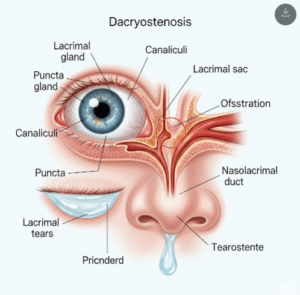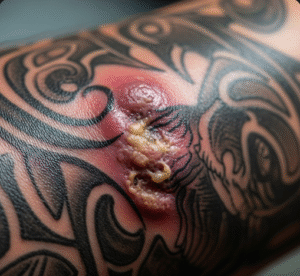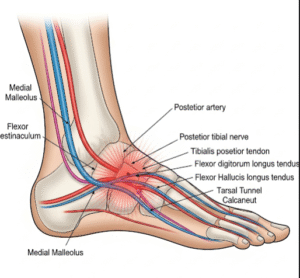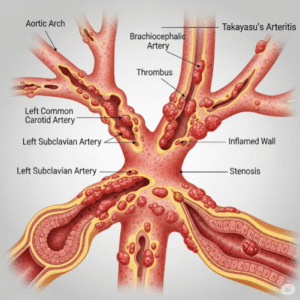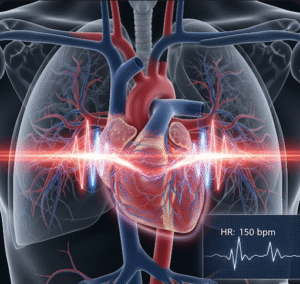Overview
Severe Acute Respiratory Syndrome (SARS) is a contagious and sometimes fatal respiratory illness caused by the SARS-associated coronavirus (SARS-CoV). While Korea did not experience a widespread SARS outbreak like other regions during the 2003 global epidemic, the country strengthened its public health system and response strategies. These systems were later crucial in managing similar outbreaks, including MERS and COVID-19.
What is Severe Acute Respiratory Syndrome (SARS)?
SARS is a viral respiratory illness that originated in southern China in late 2002 and spread to several countries in 2003. It is caused by the SARS-CoV virus, a member of the coronavirus family. SARS presents initially like the flu but can progress rapidly to pneumonia or respiratory failure.
SARS spreads primarily through respiratory droplets, direct contact with an infected person, or contaminated surfaces. Its high transmissibility and mortality rate made it a serious global health threat.
Symptoms
Symptoms typically appear 2 to 10 days after exposure and may include:
- High fever (above 38°C or 100.4°F)
- Chills and shaking
- Dry cough
- Shortness of breath
- Headache
- Muscle aches
- Fatigue
- Diarrhea (in some cases)
- Rapid progression to pneumonia
Causes
SARS is caused by the SARS coronavirus (SARS-CoV), which is believed to have originated from animal reservoirs (likely bats or civet cats) and mutated to infect humans. The virus spreads through:
- Respiratory droplets when an infected person coughs or sneezes
- Touching contaminated surfaces then touching the face
- Close contact with infected individuals
Risk Factors
- Healthcare workers in close contact with patients
- Travelers to SARS-affected regions during outbreaks
- Individuals with weakened immune systems
- Older adults
- People with chronic lung or heart disease
Complications
If not treated promptly, SARS can lead to:
- Severe pneumonia
- Acute Respiratory Distress Syndrome (ARDS)
- Respiratory failure
- Organ failure (especially kidneys and liver)
- Death (case fatality rate ~9-11%)
- Long-term lung damage or fibrosis
Prevention
Although no SARS cases have been reported globally since 2004, Korea maintains readiness protocols. Preventive measures include:
- Isolation of suspected cases
- Quarantine for exposed individuals
- Strict hygiene and disinfection practices
- Use of PPE by healthcare workers
- Travel screening and health monitoring
- Rapid testing and contact tracing protocols
Treatment Options in Korea
There is no specific antiviral treatment for SARS, but supportive care and hospital-based interventions can help patients recover. Korea is well-equipped with advanced infectious disease management systems and high-standard hospitals.
1. Hospital Care
- Admission to isolation wards
- Oxygen therapy or mechanical ventilation in severe cases
- Intravenous fluids and nutrition support
- Antibiotics to prevent or treat secondary bacterial infections
2. Medications
- Antiviral drugs (experimental or off-label)
- Corticosteroids (used cautiously in specific cases)
- Immune system modulators (based on clinical trials)
3. Monitoring and Follow-Up
- Pulmonary rehabilitation for those with lung damage
- Imaging (X-rays, CT scans) to monitor lung recovery
- Long-term care for post-viral fatigue or complications
4. Public Health System in Korea
Korea’s KCDC (Korea Disease Control and Prevention Agency) is well-known for its rapid-response capabilities, including:
- Nationwide infection surveillance systems
- State-of-the-art testing infrastructure
- Real-time public health communication
- Collaboration with WHO and international agencies




